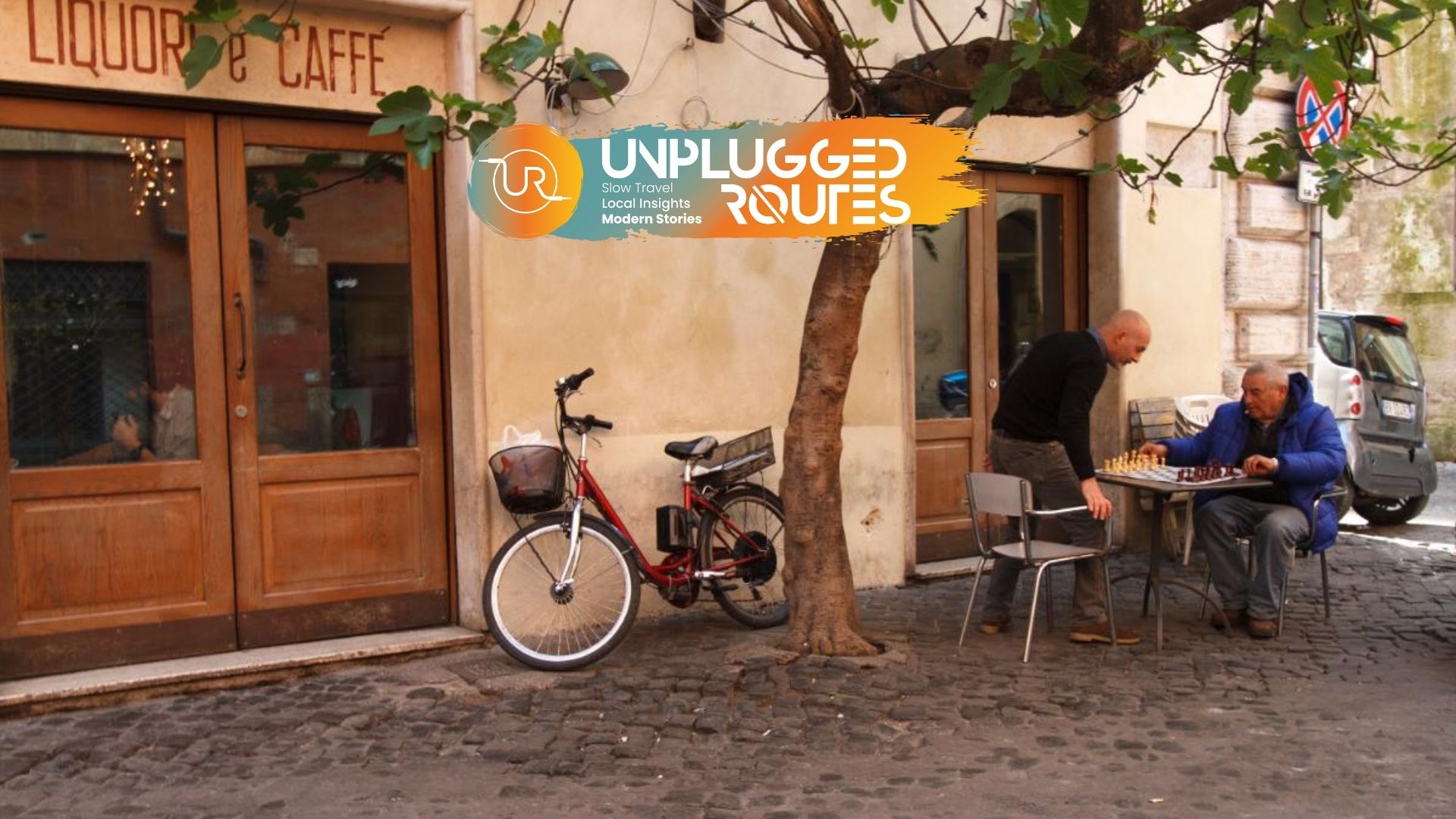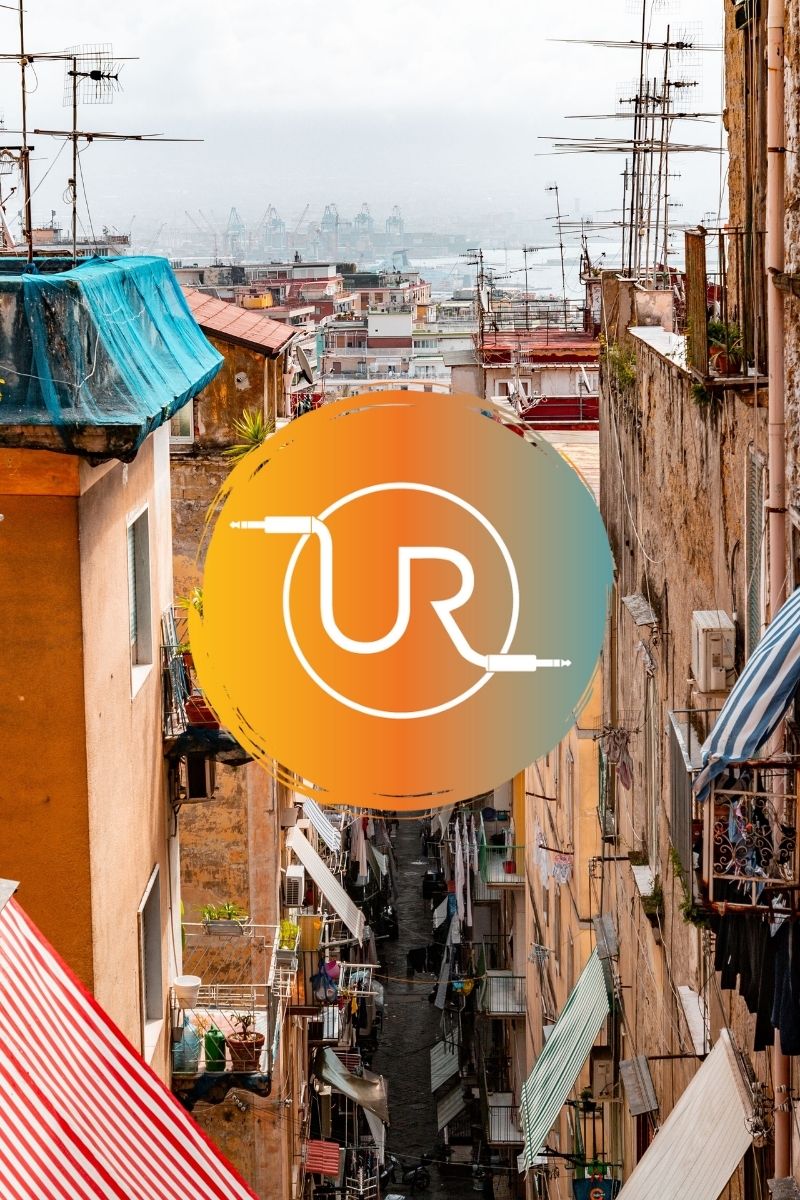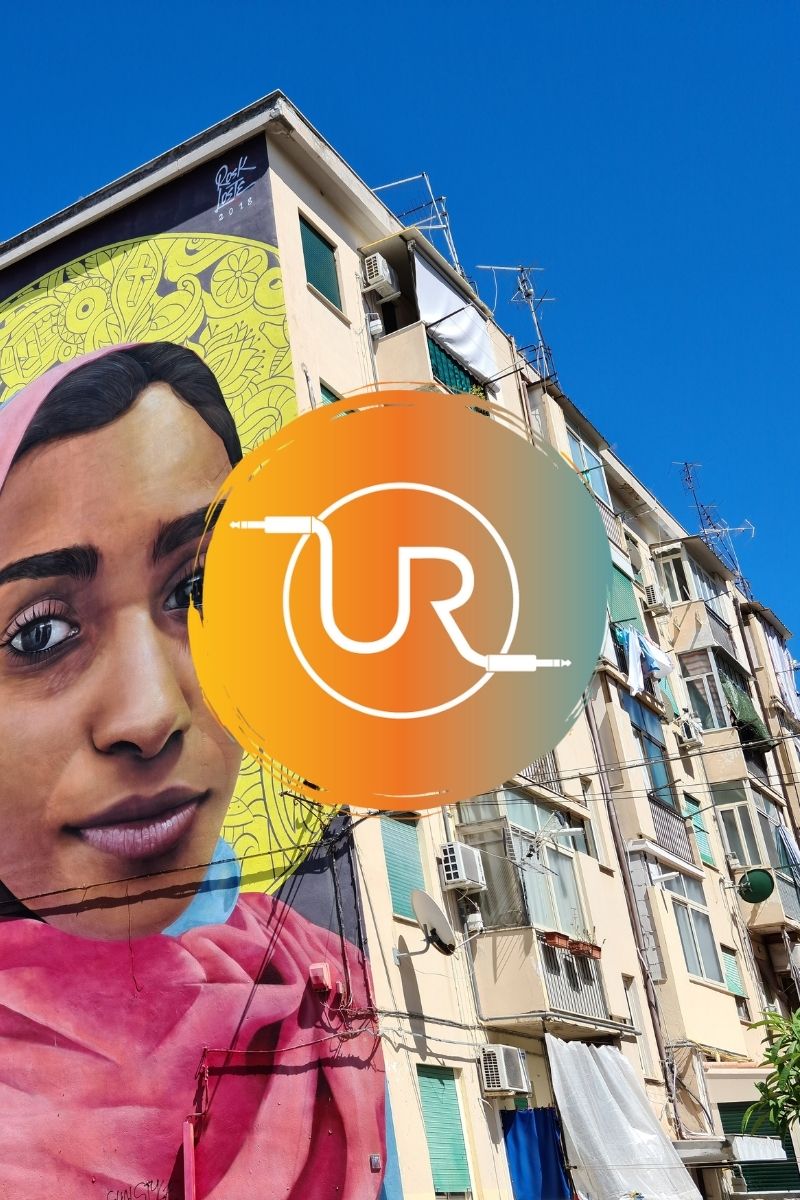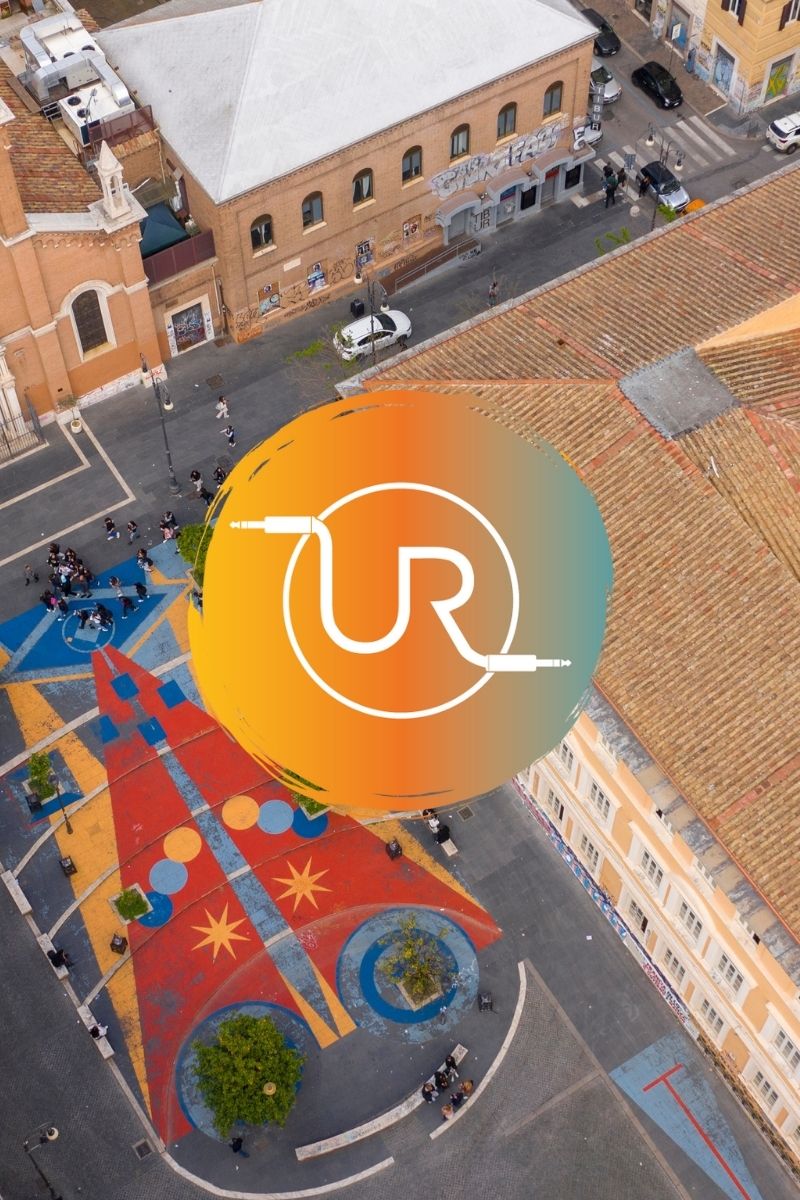
Italy, as one of the brightest stars of global tourism, attracts visitors with its aesthetic richness, iconic monuments, unique cuisine, and lively squares. However, behind this magnificent destination lies a commercial reality that cannot be overlooked. Italy’s popular tourist spots, while showcasing the country’s allure, have increasingly transformed into products shaped by consumer culture.
Mainstream Tourism and the “Italian Dream”
Sitting in identical cafés and restaurants or taking photos in front of famous landmarks, many of us unwittingly become part of the carefully curated “Italian dream” crafted by the tourism industry. Upon arriving in Italy, we’re often overwhelmed by mainstream activities and can’t help but wonder where authentic Italy stands in all this. Which of these experiences genuinely reflect Italy’s true essence? Or are we merely encountering a pre-packaged version of the country?
Can a City Ever Be “Finished”?
Travelers following mainstream routes often proclaim they have “finished the city.” But is it truly possible to finish a city or a culture? Beyond the tourist landmarks lies an Italy that can be discovered in unexpected neighborhoods, in a sip of wine, or in the melody heard on a street corner. To experience this, one must look past the commercial spectacle, exploring not only tourist attractions but also the deeper stories embedded within the country.
For instance, the notion of “finishing” a city like Rome often implies a surface-level encounter — one limited to checklists, itineraries, and curated experiences. Many know Rome for its ancient ruins, grand squares, and majestic churches. Yet the true charm of the Eternal City lies not only in its undeniable legacy but also in the vibrant life it continues to shape in the 21st century.
Hidden Stories in the Neighborhoods
Venturing beyond comfort zones into neighborhoods that reveal the modern identity of cities allows us to discover what Pier Paolo Pasolini called the “Rome that isn’t Rome.” The authentic soul of the city manifests in its neighborhoods, streets, artisan workshops, local gatherings, street art, and everyday life shared by its people. It resides in the traditions, festivals, industrial sites from Mussolini’s era, unpretentious venues known only to locals, bustling markets, and enduring resilience of its communities.
Living and Understanding Today’s Rome
To truly understand modern Rome, one must shop in the same markets as the locals, listen to alternative Italian music in a neighborhood bar, savor Roman cuisine in a trattoria favored by residents, drink from the iconic street fountains, and even try cooking recipes passed down through generations. This exploration opens the door to the essence of any city, whether Rome, Naples, or Palermo. These cities can never truly be “finished” because their essence is revealed as we connect with the stories and cultural diversity of the people living there.
Rome Behind the Scenes: The Show Ends, Life Goes On
Rome is like a stage where the show continues behind the scenes even after the lights go out. A store you noted during a stroll may no longer exist during your next visit, while a building you once overlooked might transform into a vibrant hub of activity thanks to a street artist’s touch. Much like Heraclitus’ philosophy that one cannot step into the same river twice, the realization dawns that no city remains the same and that Rome is a living, evolving entity that cannot be “finished.”
Awareness Over Consumption
To summarize, the concept of “finishing” Rome reflects a consumption-driven perspective. Discovering Rome beyond tourist routes and with a mindset of meaning and awareness offers travelers not just an itinerary but a lifelong source of inspiration and an enriching experience.







Leave a comment: